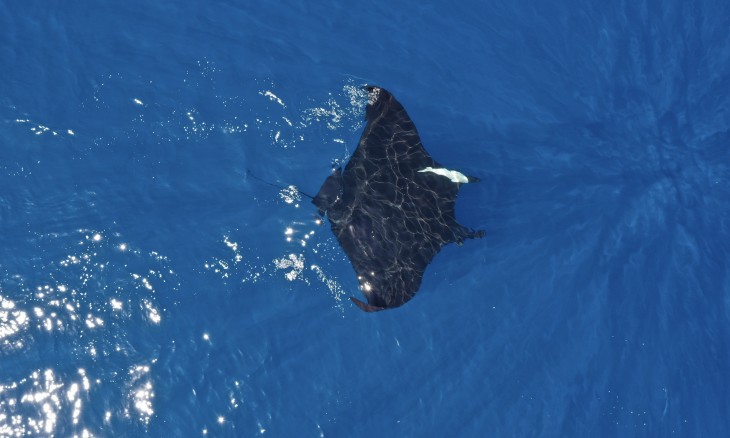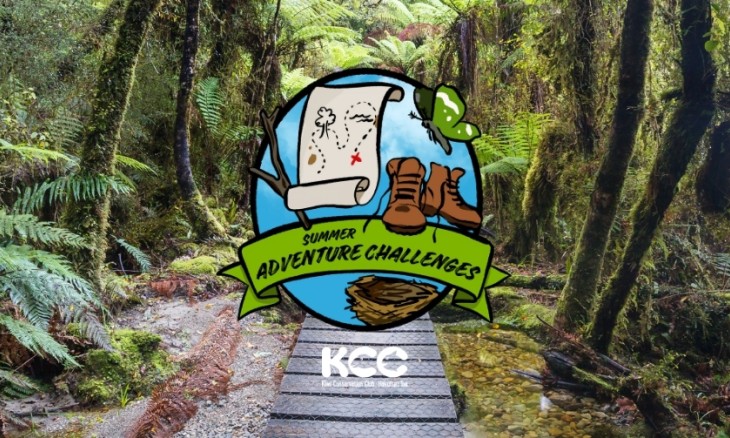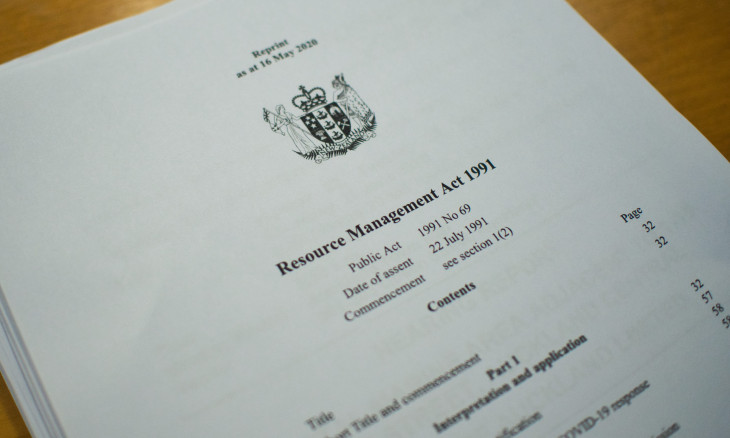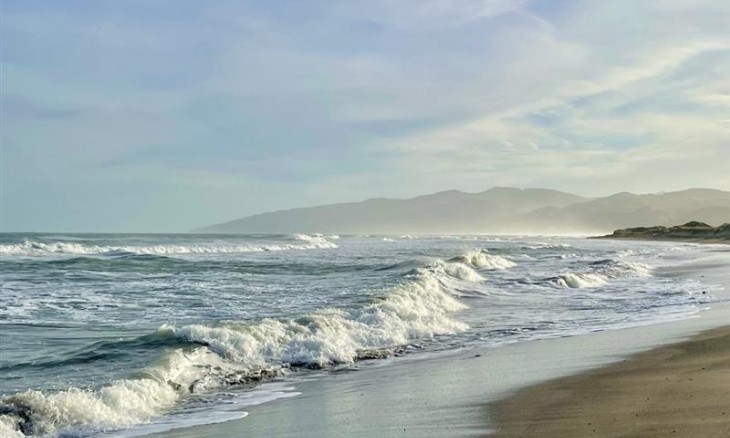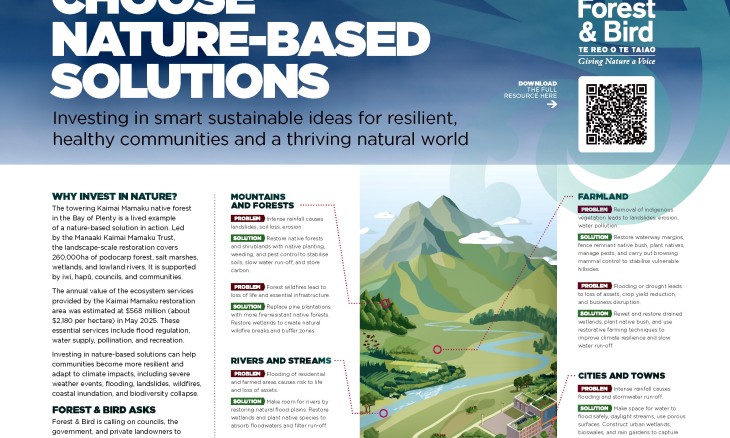The Pāuatahanui Wildlife Reserve is a 50 hectare, fully restored wetland on the eastern edge of Pāuatahanui Inlet. DOC owns 46 hectares and Forest & Bird the remaining four. It contains easy walking-tracks and boardwalks, hides to observe wildlife, strategic seating and a picnic site. A kiosk, 100m from the entrance, contains an information board with a map of the Reserve and details about its history, ecosystems and bird life.
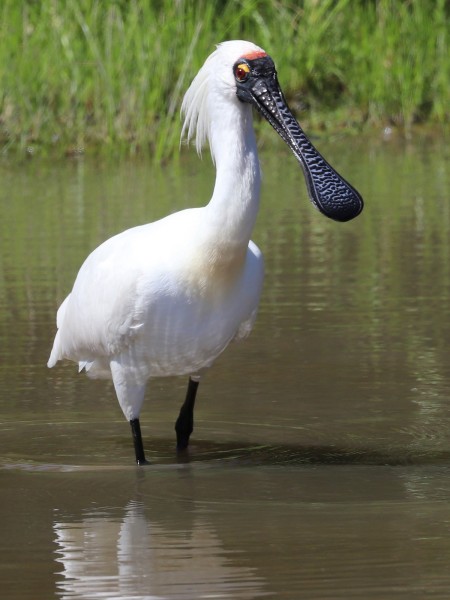
The Reserve is managed by a committee of representatives of Forest & Bird branches from the Wellington region, in association with the Department of Conservation (DOC). Every week volunteers are in the Reserve eradicating weeds and predators, maintaining the tracks and planting native species from the on-site nurseries. The restoration started over 40 years ago and has been of such a high standard that it has been recognised by the DOC in the most important way - to have endangered birds released into Pāuatahanui Wildlife Reserve.
The objectives of the Forest & Bird Management Committee are:
- to protect and enhance habitats for waterfowl, in particular wading birds;
- to protect the saltmarsh to provide a more diverse habitat for a greater variety of wildlife;
- to provide visitor access to significant parts of the Reserve so that it can be used for recreation and education without disturbing the wildlife.
Pāuatahanui’s Special Ecosystems
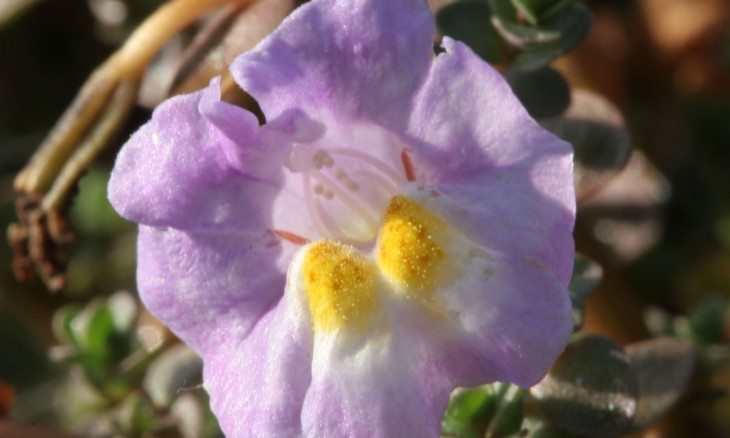
Pāuatahanui Inlet is the largest relatively unmodified estuarine environment in the lower North Island. The Reserve is on a lowland location at the eastern end of the Inlet where there are wetland habitats from tidal mudflats to large saltmarshes, and shrub-lands to a remnant manuka-coprosma-propinqua forest.
The wetland habitats in Pāuatahanui Wildlife Reserve are fragile, but they contain a wide variety of plant life, insects and other invertebrates, freshwater fish, and lots of birds.
Features of the Reserve
Facilities: Picnic table, electric barbeque and strategically placed rest areas with seating. Public toilets are to be found outside the Reserve, next to the Lighthouse Cinema.
Walking Tracks: Four flat, easy walking tracks that vary in length from 20 – 40 minutes return.
Hides: Four purpose-built hides located at strategic positions allow the birdlife to be studied without disturbing nests and feeding sites.
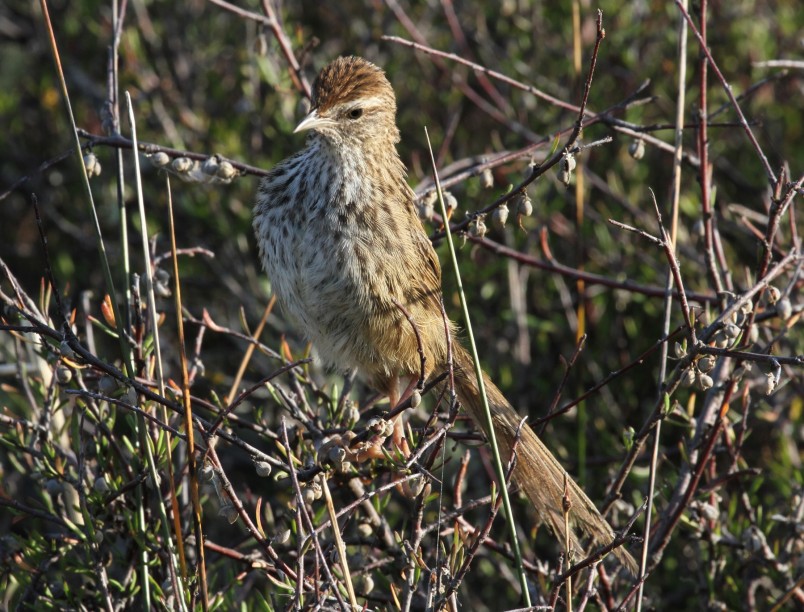
Mātātā fernbird at Pāuatahnui reserve
Bird life
Water fowl - bar-tailed godwit; royal spoonbill; paradise shelduck; white-faced heron; pied stilt; New Zealand shoveler; black shag; pūkeko.
Shrubland and forest - fernbird; kingfisher; grey warbler; fantail; wax-eye, plus several common European garden birds.
Getting there: The Reserve is accessed from 5 Paekakariki Hill Road, Pāuatahanui Village (between the cinema and the service station).
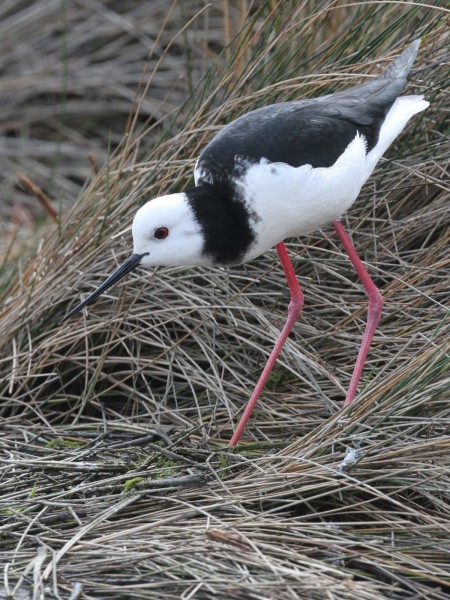
If coming from Wellington: Take SH1 north towards Porirua. Then either take SH1 Transmission Gully to the intersection with SH58 at Pāuatahanui, leaving the motorway to head for Pāuatahanui Village, or take SH59 to the Paremata Roundabout and turn off on to SH58 towards Pāuatahanui Village. Then at the Pāuatahanui Roundabout take the exit into Paekakariki Hill Rd.
If coming from the Hutt Valley: Turn off SH2 at Haywards Hill on to SH58, then take the exit off Pāuatahanui Roundabout into Paekakariki Hill Rd.
If coming via Pukerua Bay: Turn left at Plimmerton into Grays Road, and continue to the intersection with Paekakariki Hill Road, turning right into Pāuatahanui Village.
⏎
What can you do
Volunteering Opportunities
Pāuatahanui Wildlife Reserve holds Working Bees every first and third Monday, plus second and fourth Saturday of every month, starting at 9am.
The work includes potting seedlings, planting natives, weed control, maintaining tracks and hides, mowing public access areas and a variety of other tasks as required.
Please come along and introduce yourself to the team. You will be very welcome. For further information contact pauatahanuireservecommittee@outlook.com or phone 022 651 4928.
Donate to the Reserve
If you'd like to support the reserve and the work we do, you can make a small donation to 38-9019-0456965-03.
Unfortunately at this time we won't be able to provide you with a receipt for your tax refunds.


